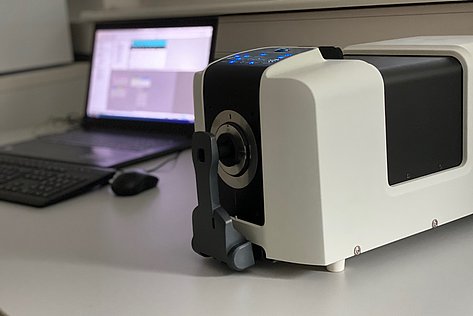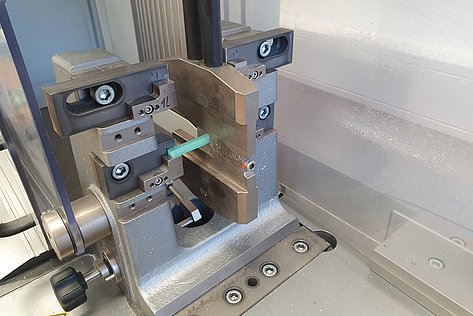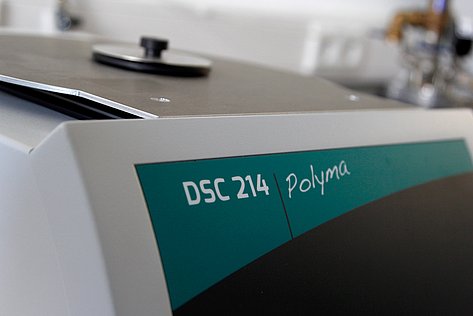Laboratory weathering - Artificial weathering
Benefit from our more than 10 years of experience in our accredited test laboratory on the subject of UV resistance/ageing of plastics and plastic products as a result of exposure to solar radiation, moisture/wetness and temperature. The three most important influencing factors are simulated with test equipment in order to answer the respective requirements and questions.
For laboratory weathering with filtered xenon arc radiation, a distinction is made between a testing device with a specimen holder that rotates around the xenon arc lamp (rotary drum testing device) and a device with a test chamber for holding three-dimensional larger components (flat bed device). We will be happy to advise you on which solution is the right one for your requirements.
Weathering conditions are regulated in national and international standards. Frequently requested standards are DIN EN ISO 4892-2, DIN EN ISO 16474-2, DIN EN 513 and ASTM G155 as well as the factory standards PV 3929 and PV 3930.
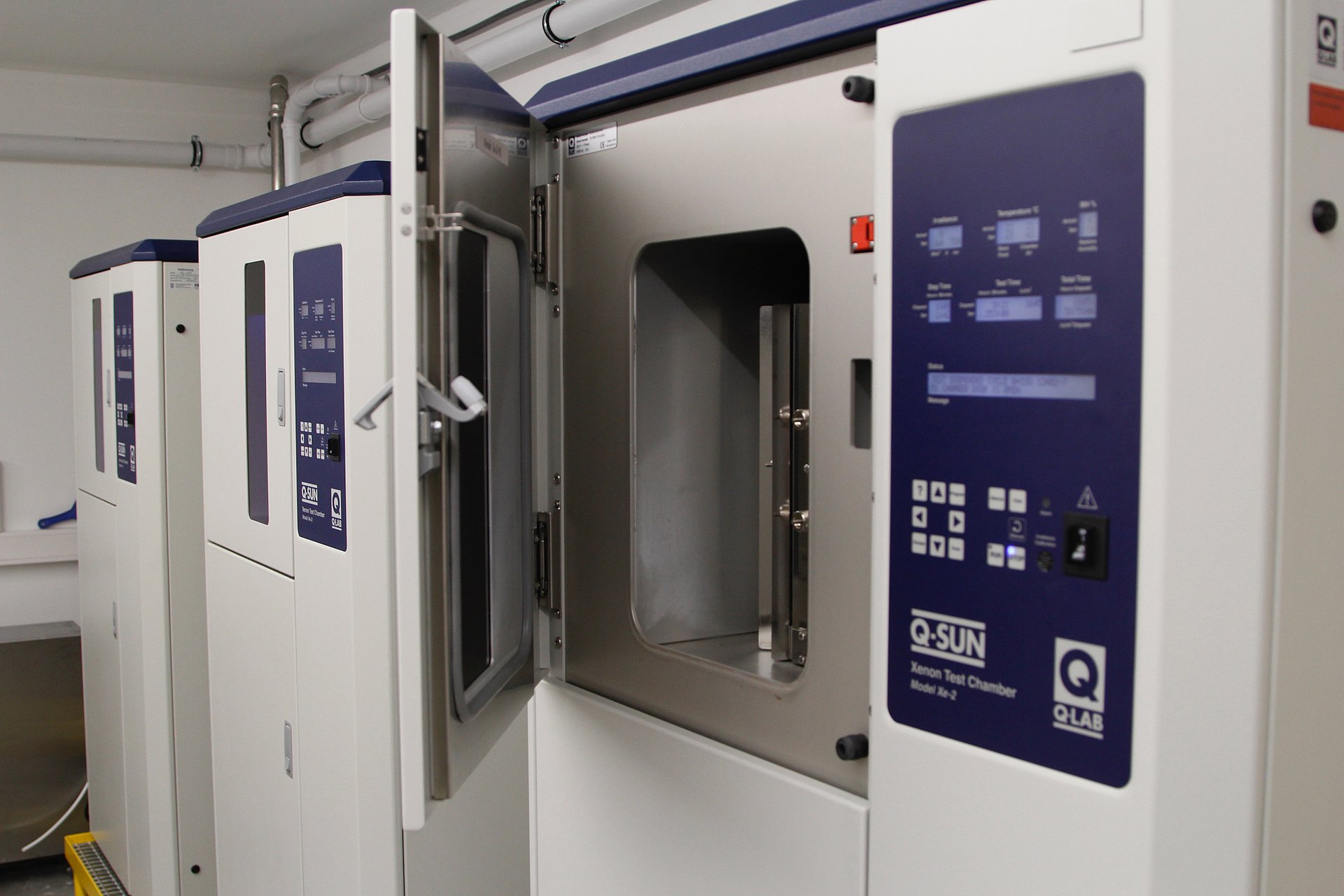
Fundamentals
Artificial weathering of plastics
Weathering is generally understood to be the effect of radiation, temperature, humidity/water, harmful gases and atmospheric components. A distinction is made between natural weathering (outdoor weathering) and artificial weathering (laboratory weathering).
Outdoor weathering takes place at fixed locations on earth, taking into account the given local environmental conditions, such as a maritime or industrial climate. Due to the long duration and the dependence of the results on the weathering location, i.e. the local climate, the season and the location on earth, investigations are carried out in the laboratory. Laboratory weathering has significant advantages in the evaluation of weathering resistance due to the possibility of realising a constant, reproducible irradiance, temperature, humidity and wetting periods/rain cycles. This makes it possible to make quick, location-independent statements. One speaks of artificial irradiation when the effect of water in the form of wetting periods or condensation is dispensed with.
In laboratory weathering, we also speak of determining weather fastness, weathering stability or light fastness. The light fastness is determined under pure irradiation.
Weathering with xenon arc lamps
For artificial weathering with xenon arc lamps, both rotary drum and flat bed test devices are available. A distinction is made with regard to the arrangement in the test chamber. In the rotary drum tester, the xenon arc lamp is arranged vertically and the specimen holders rotate around the lamp. The flatbed tester is characterised by a flat, level specimen chamber. This allows test specimens, plates as well as three-dimensional components to be examined. Irradiation is provided by three xenon arc lamps located in the ceiling of the chamber.
Technical equipment
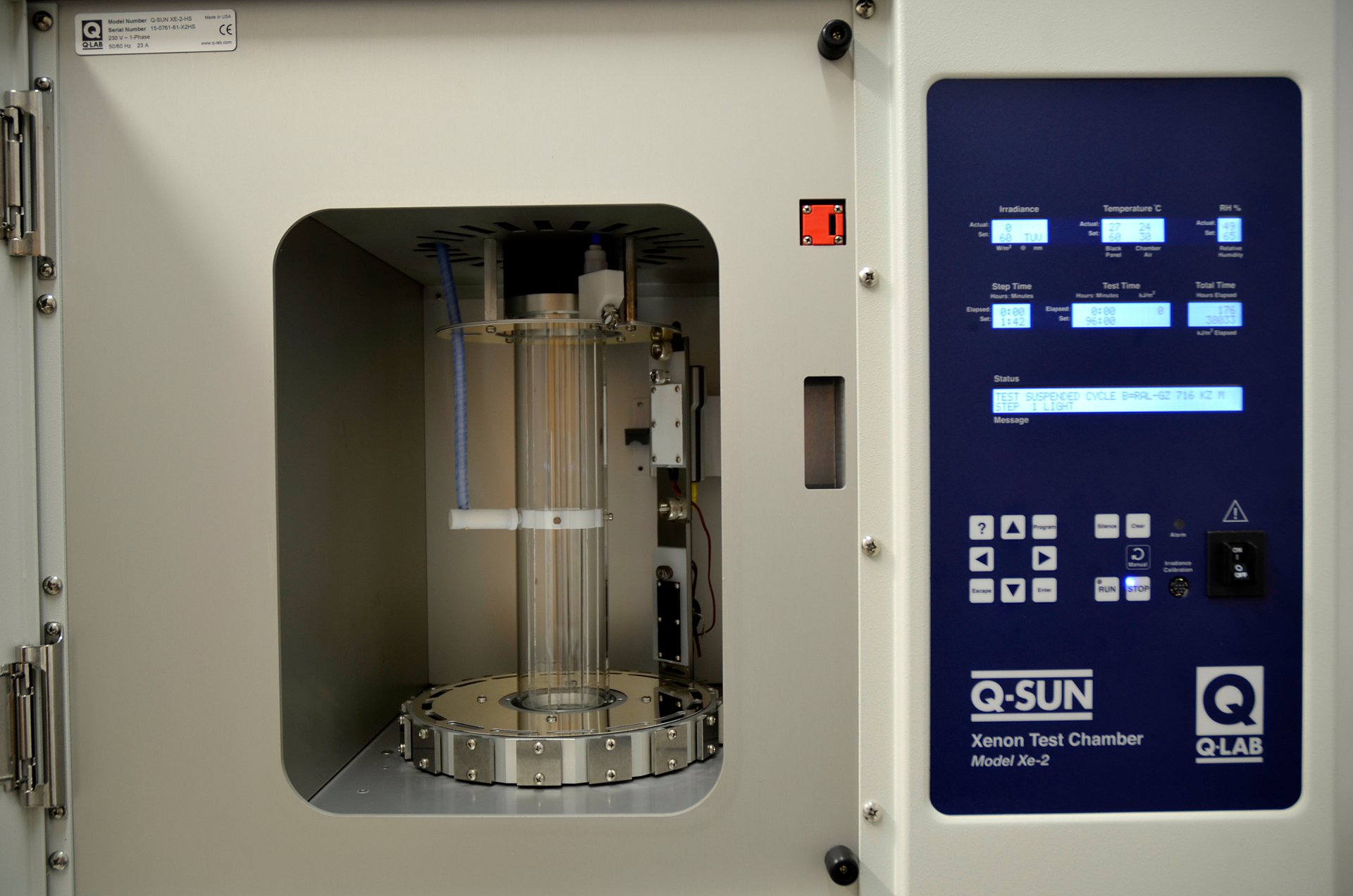
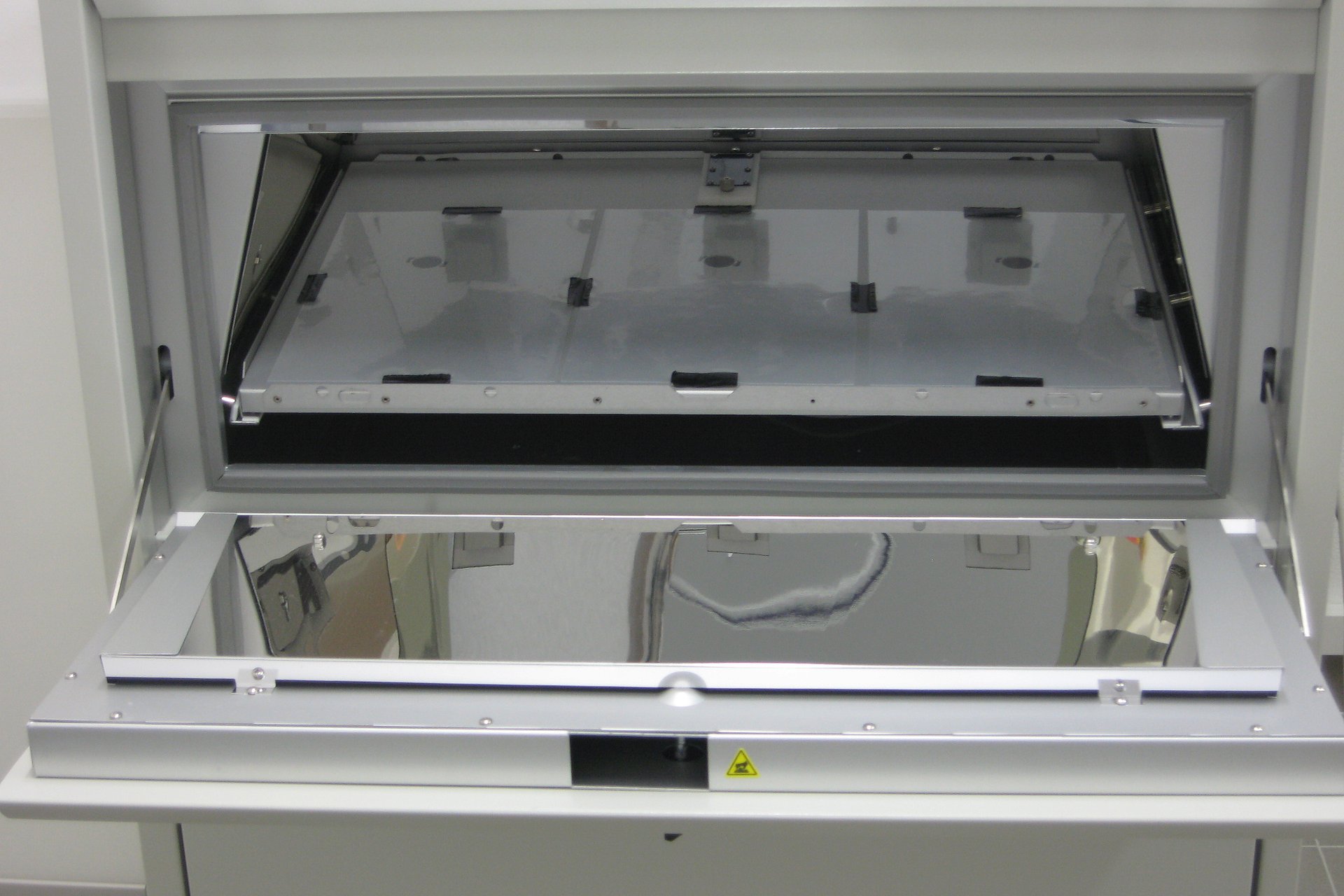
Flatbed xenon arc tester – Q-Sun Xe-3-HSE (Fa. Q-Lab Corporation, USA)
- 3 xenon lamps with filter system
- Optical filters with spectral requirements for:
- Global radiation/sunlight (outdoor application) - Daylight-Q
- Global radiation behind window glass (indoor application) - Window-Q
- Control of relative humidity in the range 20 % to 95 %
- Indication of chamber temperature (air temperature)
- Spraying device
- Dimensions of the exposure area 45 cm x 72 cm
- three-dimensional samples / components
Standards
Accredited standards
- DIN EN 513
Kunststoffe – Profile auf Basis von Polyvinylchlorid (PVC) – Bestimmung der Wetterechtheit und Wetterbeständigkeit durch künstliche Bewitterung - DIN EN ISO 4892-1
Kunststoffe – Künstliches Bestrahlen oder Bewittern in Geräten – Teil 1: Allgemeine Anleitung - DIN EN ISO 4892-2
Kunststoffe – Künstliches Bestrahlen oder Bewittern in Geräten – Teil 2: Xenonbogenlampen C. UV-Fluoreszenzlampen
Other standards
- ASTM G151
Standard Practice for Exposing Nonmetallic Materials in Accelerated Test Devices that Use Laboratory Light Sources - DIN EN ISO 16474-1
Beschichtungsstoffe – Künstliches Bestrahlen oder Bewittern in Geräten - Teil 1: Allgemeine Anleitung - ASTM G155
Standard Practice for Operating Xenon Arc Light Apparatus for Exposure of Non-Metallic Materials - ASTM D2565
Standard Practice for Xenon-Arc Exposure of Plastics Intended for Outdoor Applications - ASTM D4459
Standard Practice for Xenon-Arc Exposure of Plastics Intended for Indoor Applications - ASTM D7869
Standard Practice for Xenon Arc Exposure Test with Enhanced Light and Water Exposure for Transportation Coatings - DIN 53387 (zurückgezogen)
Prüfung von Kunststoffen und Elastomeren – Künstliches Bewittern oder Bestrahlen in Geräten – Beanspruchung durch gefilterte Xenonbogenstrahlung - DIN EN 12608-1
Profile aus weichmacherfreiem Polyvinylchlorid (PVC-U) zur Herstellung von Fenstern und Türen – Klassifizierung, Anforderungen und Prüfverfahren - Teil 1: Nicht beschichtete PVC-U Profile mit hellen Oberflächen - DIN EN ISO 11341 (zurückgezogen)
Beschichtungsstoffe – Künstliches Bewittern und künstliches Bestrahlen – Beanspruchung durch gefilterte Xenonbogenstrahlung - DIN EN ISO 16474-2 (Ersatz für DIN EN ISO 11341)
Beschichtungsstoffe – Künstliches Bestrahlen oder Bewittern in Geräten - Teil 2: Xenonbogenlampen - DIN ISO 12040
Druck- und Reproduktionstechnik – Drucke und Druckfarben – Bestimmung der Lichtechtheit mit gefiltertem Xenon-Bogenlicht - ISO 4665
Elastomere, vulkanisiert oder thermoplastisch – Witterungsbeständigkeit
Company standards
- BMW Group – AA-0236
Kurzbewitterung im Xenontestgerät Farbbeständigkeit - General Motors – GMW 15188
Material Specification – Polyolefin Alloy – Weather Resistant, 1700 MPa Flexural Modulus, High Flow - Mercedes-Benz – DBL 5555
Fertigteile und Halbzeuge aus organischen Polymerwerkstoffen – Allgemeine Bedingungen und Prüfverfahren - Porsche – PPV 4014
Exterior – Bewitterung nichtmetallischer Werkstoffe – Prüfung im trocken-heißem Klima / im feucht-warmen Klima - Volkswagen AG – PV 3929
- Nichtmetallische Werkstoffe – Bewitterung in trocken-heißem Klima
- Volkswagen AG – PV 3930
Nichtmetallische Werkstoffe – Bewitterung in feucht-warmen Klima (Exterieur) - SAE J2527
Performance Based Standard for Accelerated Exposure of Automotive Exterior Materials Using a Controlled Irradiance Xenon-Arc Apparatus
Assessment possibilities of ageing
An evaluation of the ageing of plastic products as a result of laboratory weathering is often carried out by measuring the colour, comparing it visually with a reference sample and assessing the change in mechanical properties.
Dr.-Ing. Marcus Schoßig
Phone: +49 (0)3461 30889-53
Write e-mail
![[Translate to Englisch:] Laborbewitterung nach Norm](/fileadmin/inhalte/Kunststoffpruefung/Umweltsimulation/Laborbewitterung/2022-07-06_Alterung_von_Polymeren_-_Laborbewitterung_nach_Norm.jpg)
![Möglichkeiten der künstlichen Bewitterung [Translate to Englisch:] Möglichkeiten der künstlichen Bewitterung](/fileadmin/inhalte/Kunststoffpruefung/Umweltsimulation/Laborbewitterung/2022-07-06_Alterung_von_Polymeren_-_Moeglichkeiten_der_kuenstlichen_Bewitterung.jpg)
